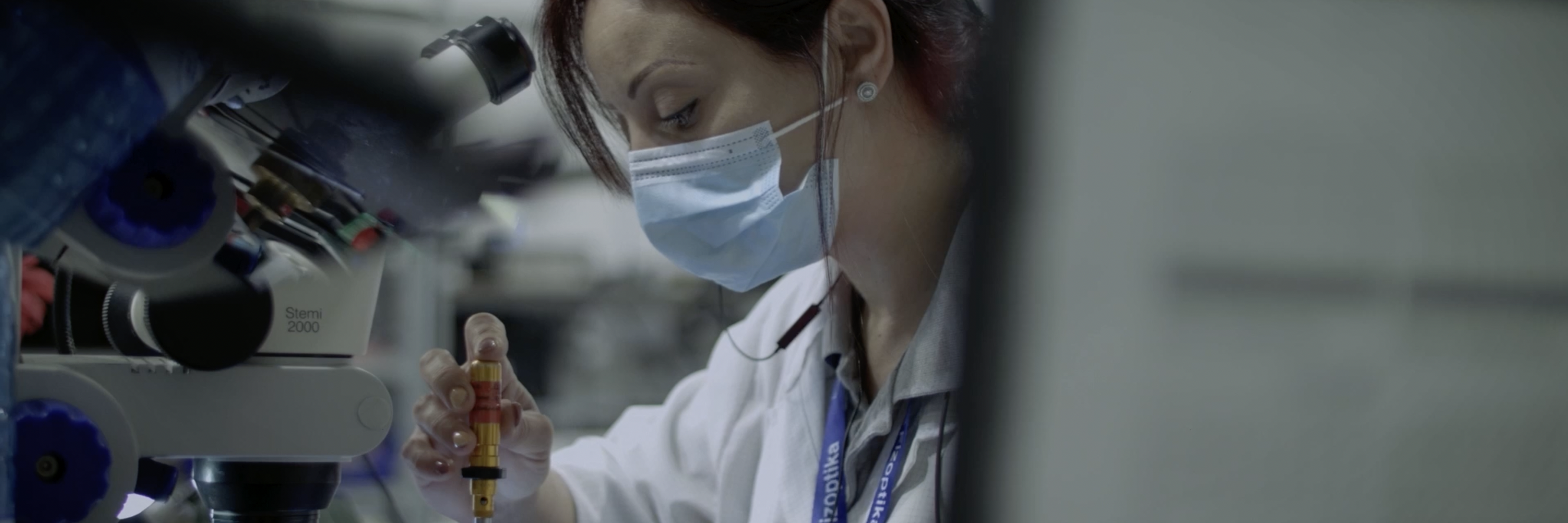L-IntrapriżaA new TV series on TVM News+

The Malta Chamber of Commerce and Malta Enterprise have entrusted Motion blur with a new television series. The name is l-Intrapriża. It is a series of 13 episodes airing every Thursday on Tvm news+. Well-known personality, former news anchor and journalist Keith Demicoli is the host and co-producer.
The series allows us and the viewers to get to know more about the myriad of ventures and businesses flourishing on the Maltese islands. Each episode will focus primarily on one entity. We will visit them, get to know what they do and their journey till now.
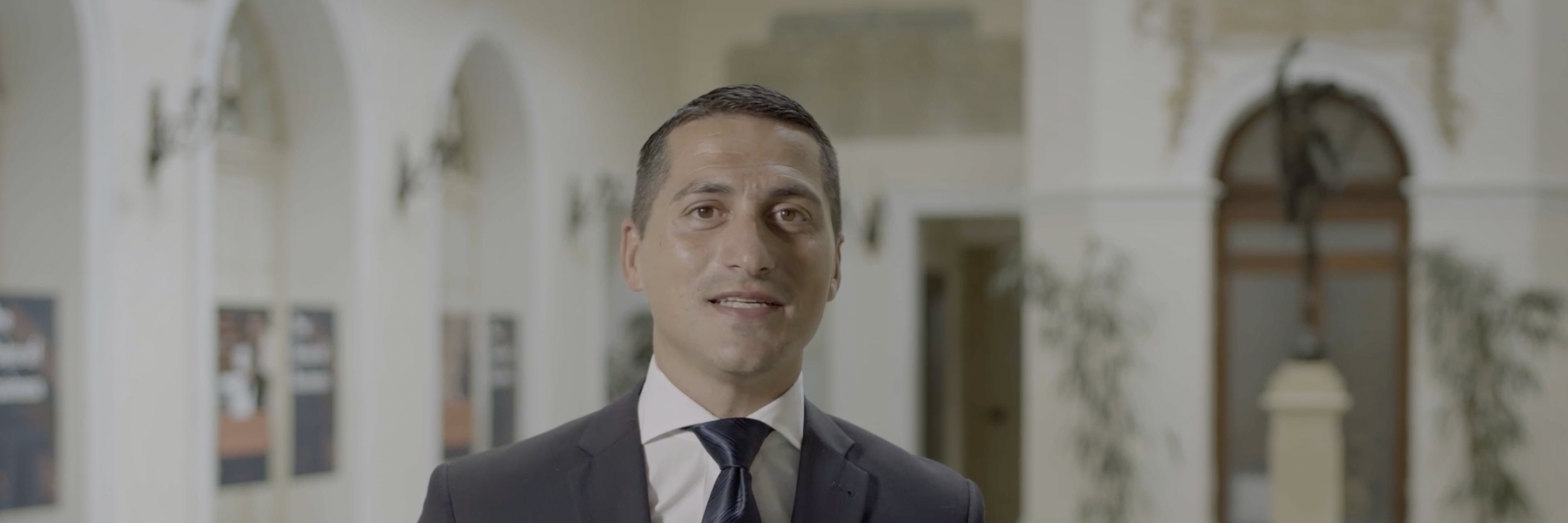
In the first episode, Keith met with Arthur Tua, the managing director of Fizoptika, a Maltese firm that builds fibre optic gyroscopes. A gyroscope is basically a sensor that determines the angle of rotation. You find them in anything that needs stabilisation, from commercial aircraft to drones to cameras.
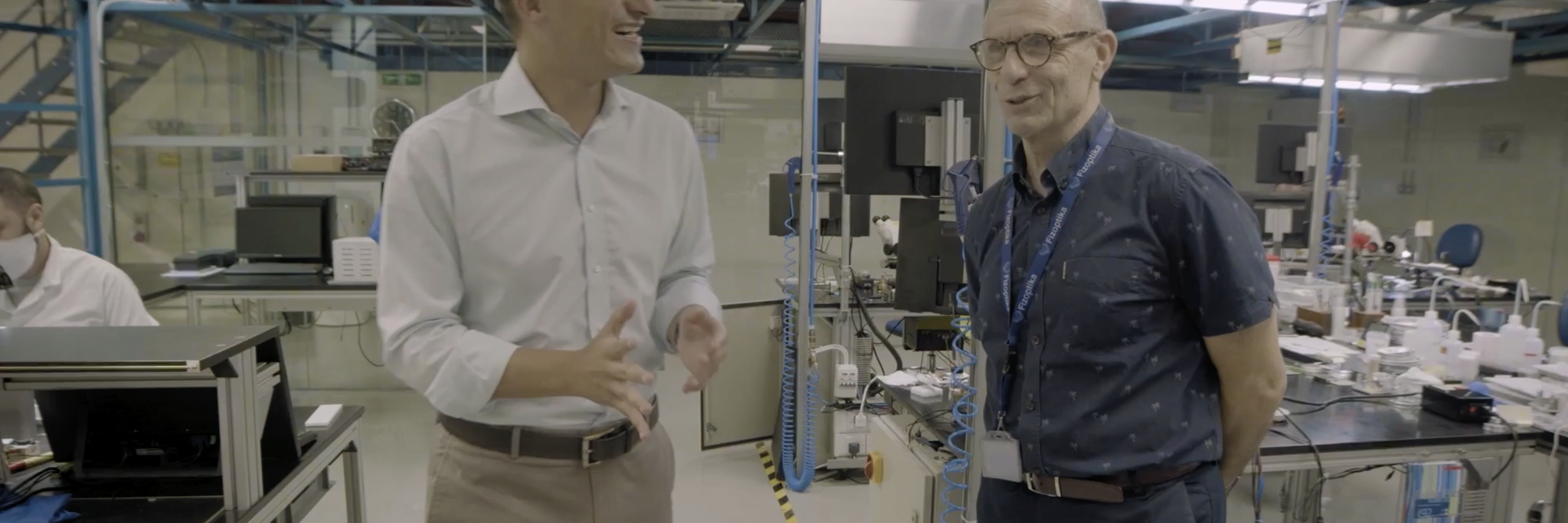
We had no idea that Maltese firms are building similar hi-tech products. We were proud to find out that gyroscopes built-in Mosta find their way on the modern Airbus A350, one of the most advanced and efficient long-haul aircraft in circulation.

Throughout the programme, we also learnt that this Maltese firm helped another firm based in Hollywood win an Oscar. Chapman studios built a camera system that included gyroscopes made in Malta and earned an Oscar for their technical achievements.
Each episode of l-Intrapriża is 15 minutes long, 15 minutes full of content through interviews and shots that show what goes on in factories and labs around Malta. We did not want the interviews to be the standard static shots where a person just sits in front of a camera as he or she answers questions. For the longer interviews, we have both the host and the interviewee walking, showing us around while answering our questions.
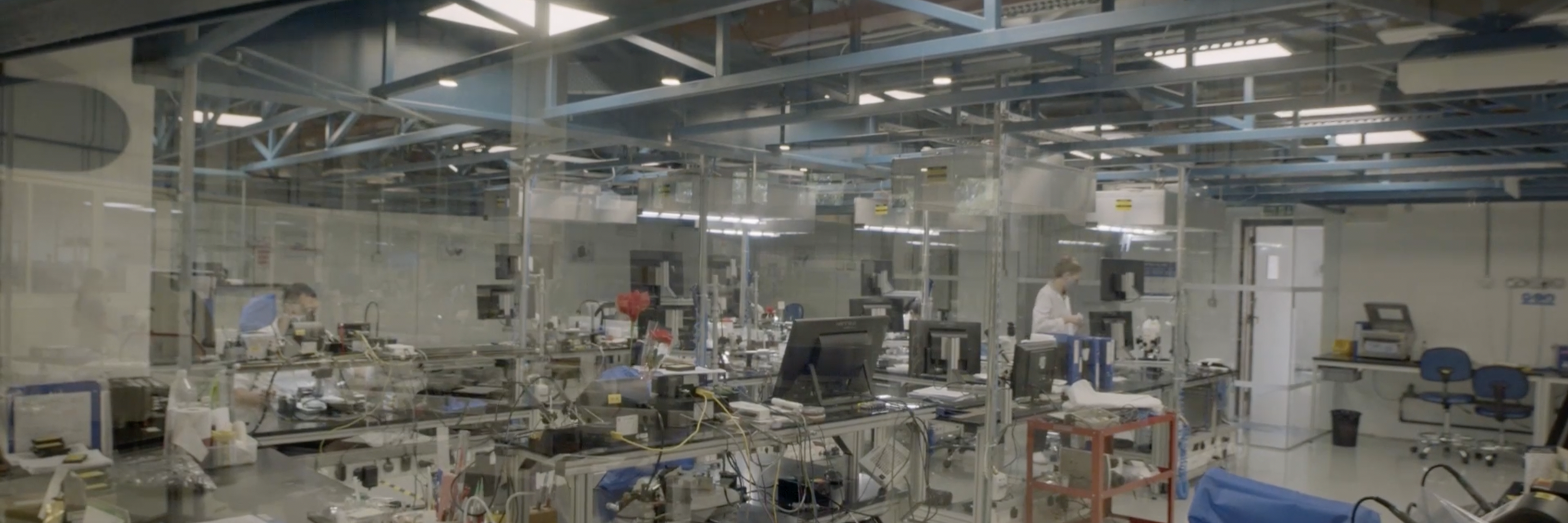
Technically this is something way more challenging. When a person sits down in one place, you can control all the environment without much trouble. You can set the lights perfectly, close the room, ask everyone to be quiet. The subject will always remain in focus, the camera is on a tripod, the microphone on his or her chest. A controlled environment where you minimise all that can go wrong.
When walking around, however, all of this changes. The variables are several. The camera needs to move constantly but at the same time, it must remain stable, lest you want the viewers to get seasick. The lighting will change constantly, what is in light at one spot will be in shadow at another.
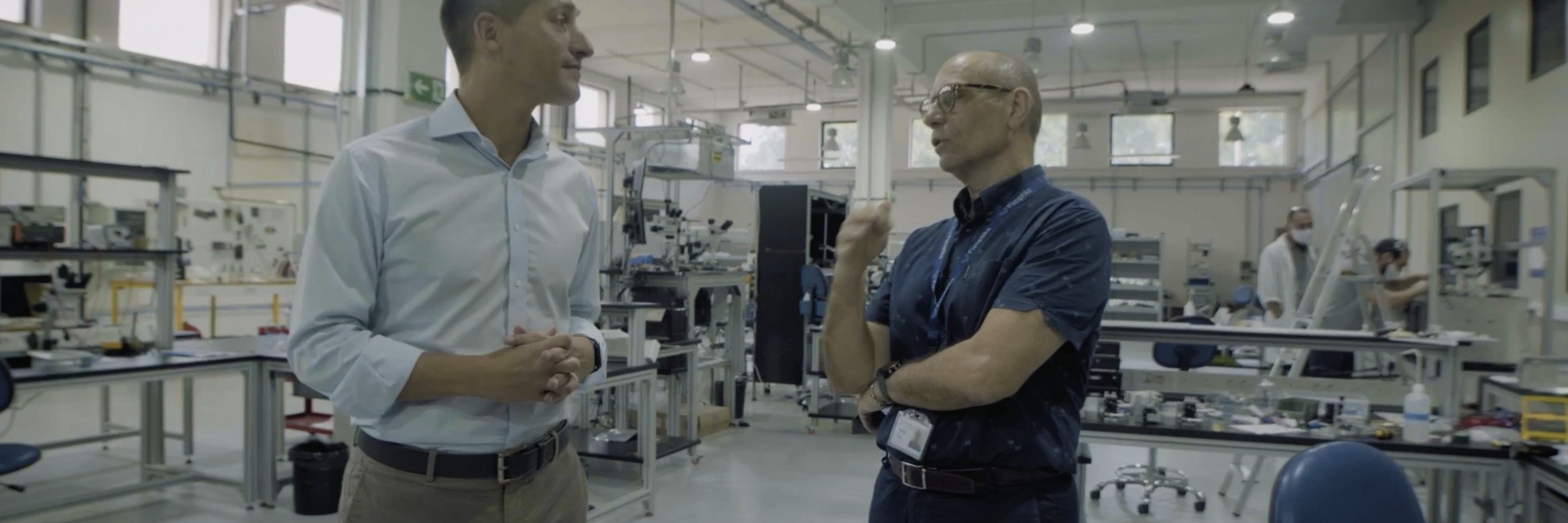
A microphone placed on the chest is apt to cause more noise as the person walks and his or her clothes rustle against the microphone. An external directional microphone needs to be moving with the subjects, possibly causing shadows or getting in the shot. While walking you can get into different obstacles like doors, desks and other people, with the camera person having to walk backwards.
The other major challenge comes around in post-production, during the editing. The first part is selecting the best parts of the interview and removing those which are not as effective. Then, we have to make sure the audio is of good quality, that every word is clear for the viewers to understand. After that, we select other shots that continue to expose what goes on in the factory or which clarify what the guest is saying further. In the end, comes another task that can be quite challenging, colour correction and colour grading.
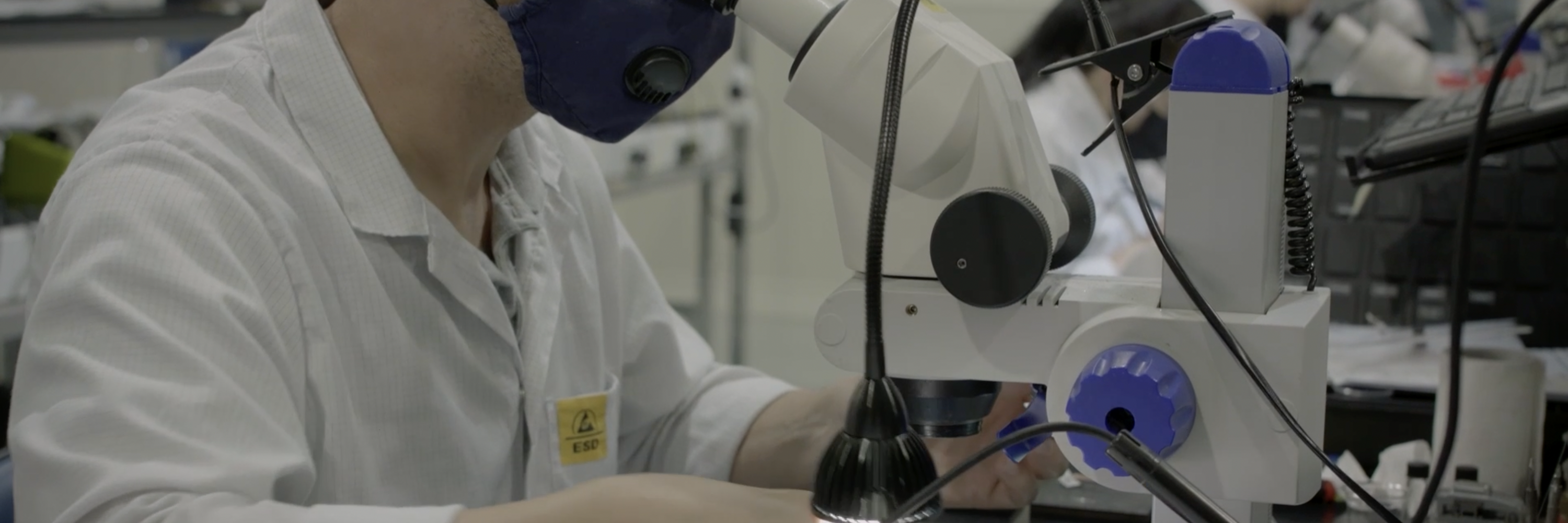
The first was to compensate or to fix the exposure and colour balance of the image. Since the camera was constantly moving, with the sources of light changing all the time, we had to have an even exposure throughout the shot and then we had to match that with the shots before and those after, to have an even exposure throughout the whole episode.
The same goes for the colour balance. For example, throughout our shoot at the Fizoptika factory, we had to contend with lights that cast a greenish tint. It is something our eyes easily adapt to, we don’t see the green cast, but it is not the same for the camera. It registers all the different colours and when the subjects got closer to the light, their skin tones took a greenish tint. The colour changes whenever we get close to a window for example, as the colour of sunlight is different from the internal lights and it varies according to the time of day and how overcast it is.
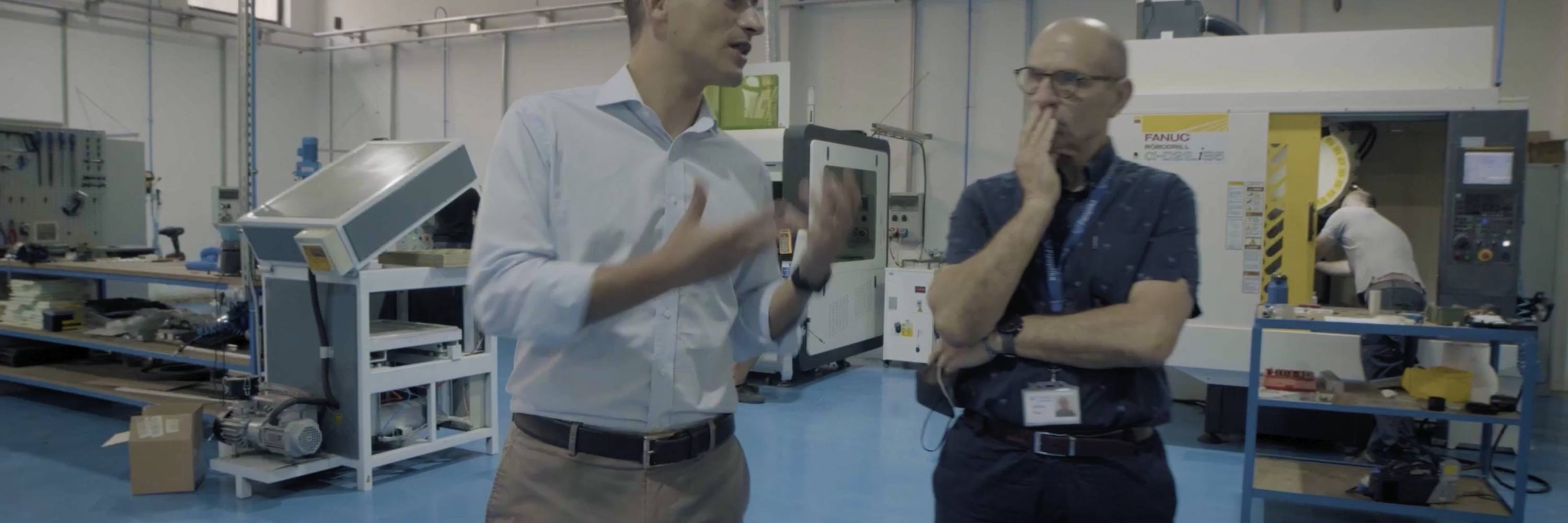
Music is an important part of the post-production process. It can be a headache to choose and place the right piece of music throughout the different parts of the episode. The music will help set the feel, the right emotion at the right place. The wrong piece of music would, of course. do the opposite.
In former days, it used to be even harder, we’d have to acquire music on cd’s and convert them. Most music had vocals which is a problem when using the track as a music bed. Nowadays, thankfully, the process of finding the right piece of music has eased considerably. We subscribe to music library sites that make it easy to go through their catalogue by select criteria like mood, genre, duration and so on. Technology, like in many aspects, has allowed us to focus on the creative part of our work and avoid the drudgery of yesteryear.
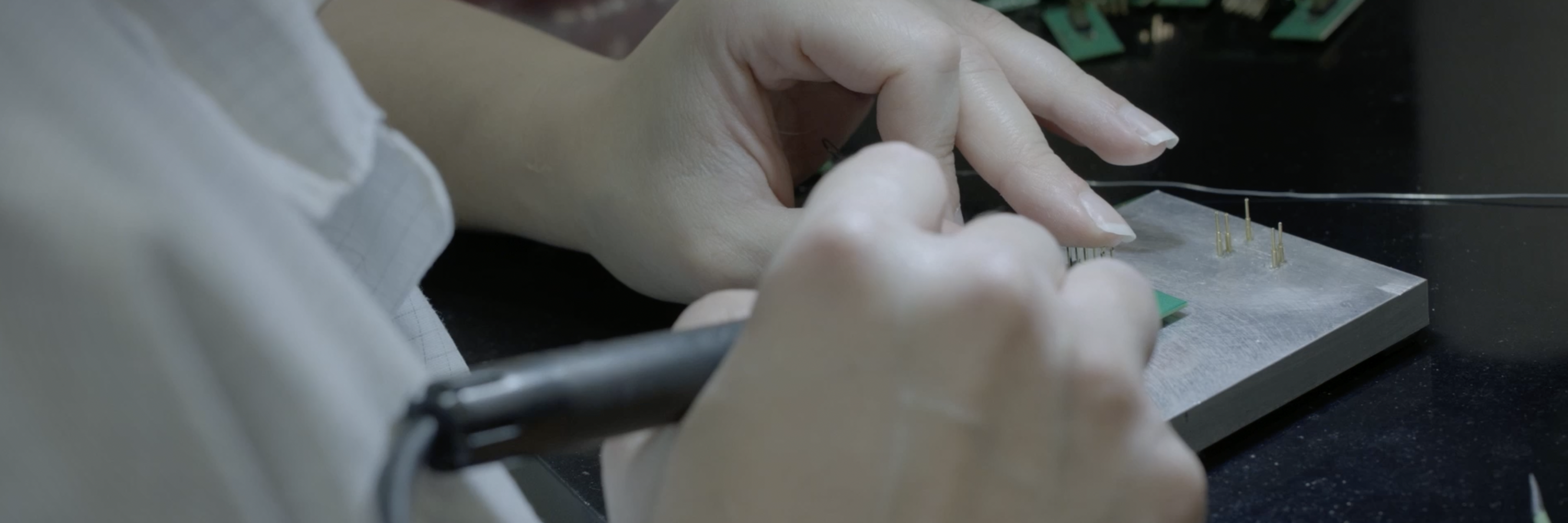
In the end, we add graphics, like the opening titles, the name titles, or the chest supers or lower thirds, as we call them technically. These are necessary for television programmes and provide branding and some ‘polish’ for the series.
Finally, it is time to export the episode and upload it on Tvm’s servers. We wait for the quality assurance’s report who check the episode for any technical issue, or if there is some grammatical error or something which might be perceived as an advert, drawing the ire of the broadcasting authority and so on. And then it’s showtime.
Check out l-Intrapriża, every Thursday at 15:15 on Tvm News+
